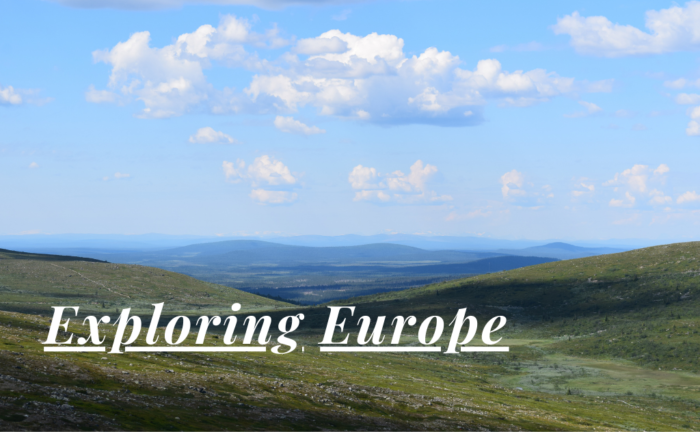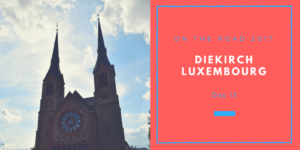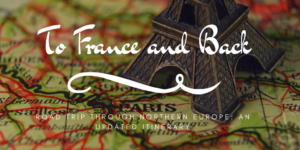Luxembourg City is the capital city of the Grand Duchy of Luxembourg. The city is also known by its name in Luxembourgish, Lëtzebuerg. With a population of around 132.000 inhabitants, it is by far the largest city in the country. The country of Luxembourg has a total population of around 660.000. meaning that one in five lives in the capital.
Our Visit to Luxembourg City
We visited Luxembourg City during our European Road Trip of 2017. We stayed a few days in Metz in France and took a day trip to Luxembourg. It was on the way back towards Metz that we decided to make an evening visit to the capital.
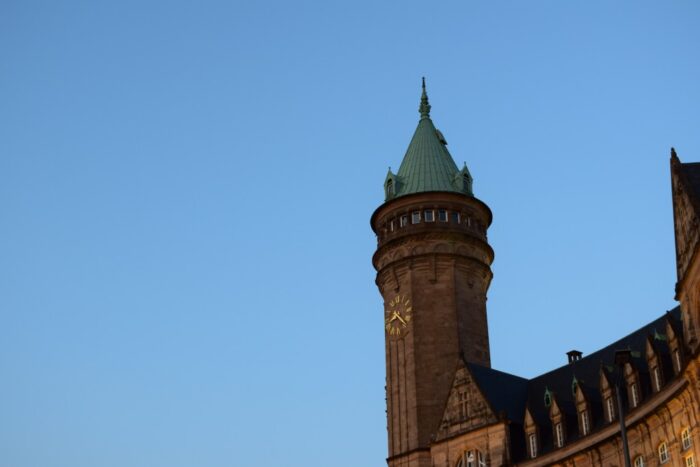





A Short History
Luxembourg City has a history dating back at least to Roman times. The Romans built Fortifications here already, then in the form of a tower. The strategic importance of the area became even more distinct with the building of the Lucilinburhuc, a castle built by Sigfried of the Ardennes in 963. With the establishment of churches in the 10th century, the town eventually began to develop further. Initially as a marketplace at the intersection of two old Roman roads.
The Middle Ages onwards saw the city ruled by Burgundy, Spain, Austria, and eventually France. All these empires shared one thing. They all expanded the city’s fortifications. It was after the Napoleonic Wars that France eventually had to let go of the city in 1815. After a short period controlled by the German Federation, the city soon came under the control of the United Kingdom of the Netherlands. That was, however, not the end of conflicts regarding the city. The Luxembourg Crisis broke out in 1867 when both France and Prussia contested the rights of the land. The crisis was resolved with the Treaty of London but meant that the fortifications of Luxembourg City were to be demolished. A city known for its grand fortifications was entering a new era.
Luxembourg became an independent country in 1890 when the Grand Duke William III died without a male heir. Luxembourg City became the capital of the new country and its independence has only been disturbed twice since. It was during the two world wars that Germany occupied the small country. Following the Second World War several European organizations and institutes found their home in Luxembourg City. The city has been the home of the headquarters of the European Coal and Steel Community, the European Commission, and the European Court of Justice.






Things to Do and See
Luxembourg City is a city with some grand sights. Here you will find palaces, churches, high towers, and plenty of large monuments. One of the larger churches is the Notre-Dame Cathedral which was completed in 1938 after more than 300 years of construction. The Grand Ducal Palace is the official residence of the Grand Duke of Luxembourg, the country’s head of state. The central part of the city, which is surrounded by a park landscape is today home to many shops, cafés, and restaurants. At its center lies the 13th-century square of Place Guillaume II and the smaller square of Place d’Armes.
It is, however, the old fortifications that still intrigue us about the city. The Fortress of Luxembourg might have been destroyed, but what is left? Huge parts of the former fortifications are still visible today. There are huge bastions and ramparts still standing on the outskirts of the old quarters of the city. Casemates connected by kilometers of tunnels still lie below the city. Down in the valley below the fortifications flows the Pétrusse River, a river that separates the old quarters of Luxembourg City from the rest of the modern city that has flourished around it.

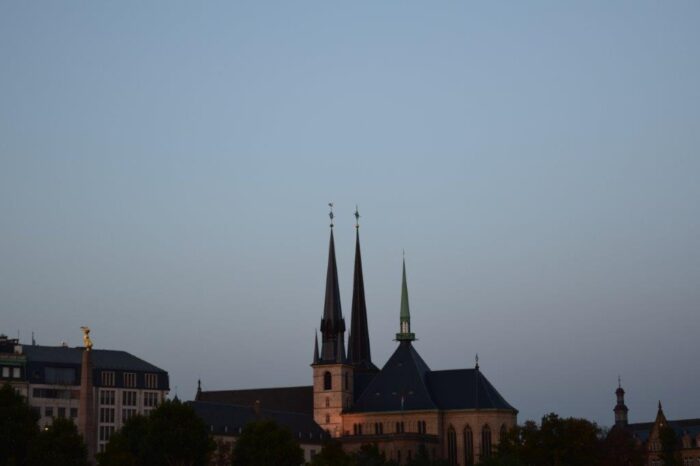




How to Get to Luxembourg City
- Flights: The closest airport is just a short distance to the east. That is the Luxembourg Airport (LUX).
- Car: Luxembourg City lies in the southern part of the country and is where most of the larger roads intersect. The city is easily reachable from all of Luxembourg, but also from border regions in Belgium, France, and Germany.
- Trains: There are both domestic and international routes connecting Luxembourg City with the rest of the surrounding region. International routes include destinations such as Brussels (Belgium), Koblenz (Germany), and Paris (France).
Looking to Explore more of Luxembourg and Europe?

